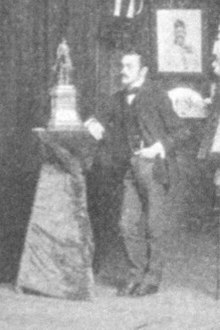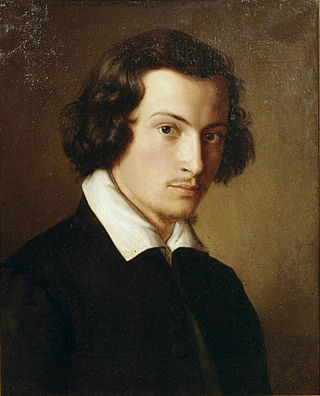
Philipp Veit was a German Romantic painter and one of the main exponents of the Nazarene movement. It is to Veit that the credit of having been the first to revive the nearly forgotten technique of fresco painting is due.
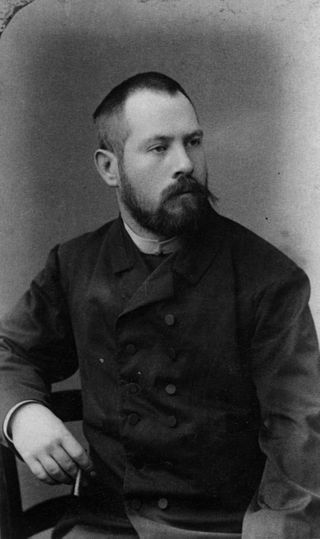
Lovis Corinth was a German artist and writer whose mature work as a painter and printmaker realized a synthesis of impressionism and expressionism.

Anton Romako was an Austrian painter.
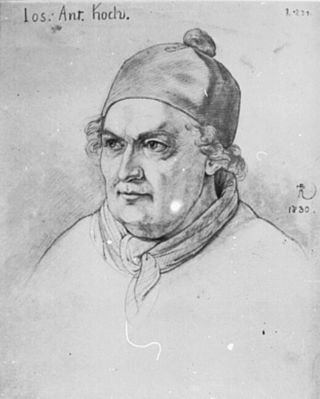
Joseph Anton Koch was an Austrian painter of Neoclassicism and later the German Romantic movement; he is perhaps the most significant neoclassical landscape painter.

Josef Danhauser was a painter from the Austrian Empire. He was one of the prominent artists of Biedermeier period, along with Ferdinand Georg Waldmüller, Peter Fendi, and others. Danhauser's works, which went largely unappreciated in his time, dealt with moralising subjects and had a clear influence of William Hogarth.

Franz Eybl was an Austrian painter.

Hugo Charlemont was an Austrian painter. Born in Jemnice, Moriva he was the son of Matthais Adolf Charlemont. He studied art at the Academy of Fine Arts. He died in Vienna.

Alfred Basel was an Austrian painter and etcher.
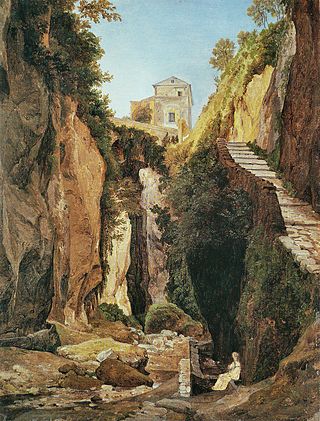
Johann Heinrich Carl Reinhold was a German painter and engraver.
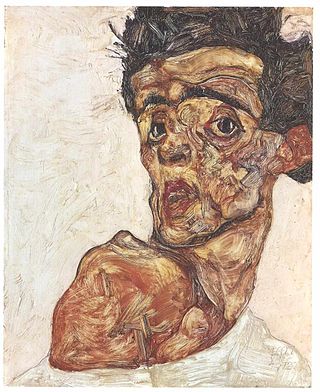
Facing the Modern: The Portrait in Vienna 1900 was an exhibition at the National Gallery, London, running from 9 October 2013 through to 12 January 2014.

Maximilian Albert Josef Liebenwein was an Austrian-German painter, graphic artist and book illustrator, in the Impressionist and Art Nouveau styles. He spent significant time in Vienna, Munich and Burghausen, Altötting, and took an active part in the artistic community in all three places. He was an important member of the Vienna Secession, becoming its vice-president, and exhibiting with the group many times.
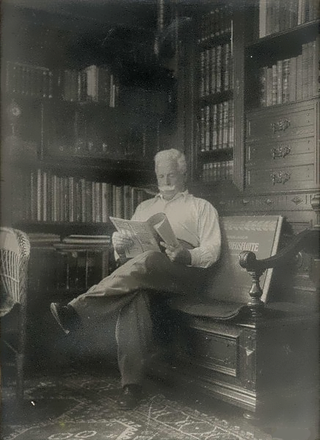
Alexander Kircher was an Austrian-German marine and landscape painter and illustrator. Many of his paintings can be seen in museums in Germany, Austria, Croatia, and Slovenia while others are held by private owners in those same countries, as well as the United States of America, Great Britain, Scandinavia, and Greece.

Hans Larwin was a Viennese genre painter and academician.

Georg Decker was an Austro-Hungarian portrait artist.

Wilhelm Thöny was an Austrian painter, illustrator, graphic artist and etcher.
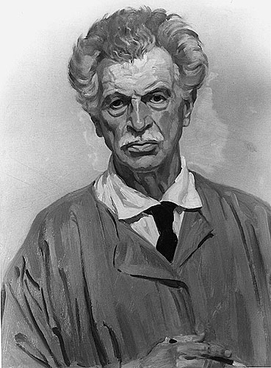
Ferdinand Andri was an Austrian architect. His work was part of the architecture event in the art competition at the 1936 Summer Olympics.

The Imperial and Royal War Press Headquarters (KPQ) was established at the beginning of the First World War on July 28, 1914 as a department of the Austro-Hungarian Army High Command. The task of the KPQ was to coordinate all press information and propaganda activities, including all mass media available at the time. A total of 550 artists and journalists were active as members of the KPQ during the war, including 280 in the KPQ artists group. From the start of the war its commanding officer was Major General Maximilian Ritter von Hoen. From March 1917 until the end of the war Colonel de:Wilhelm Eisner-Bubna was in charge.

Heinrich Rauchinger (1858–1942) was a Kraków-born history painter and portrait painter.

Friedrich Schilcher was an Austrian portrait, genre, and history painter, and decorative designer.
Heinrich Hans Schlimarski was a Czech portrait, genre and history painter and pastellist.
